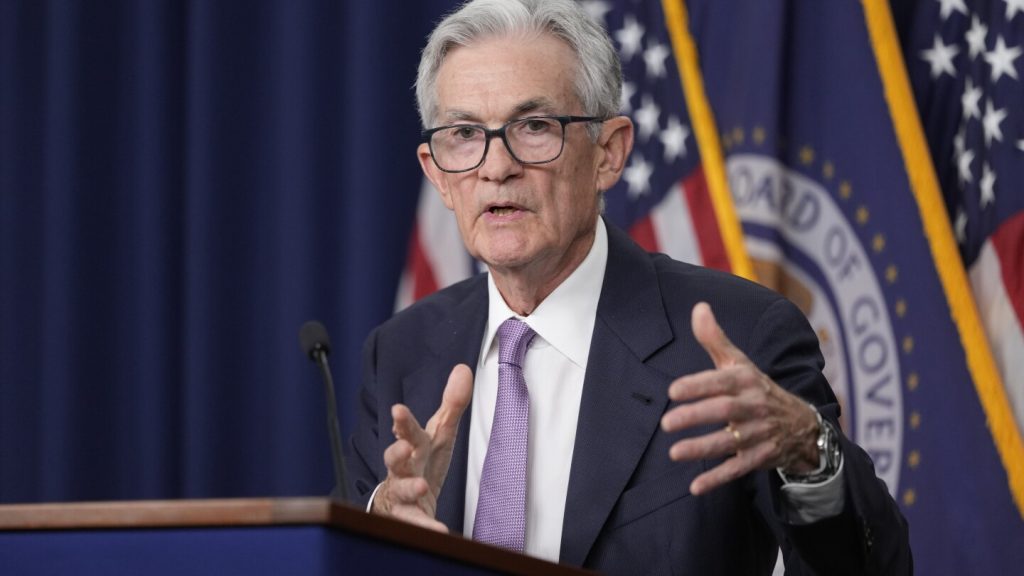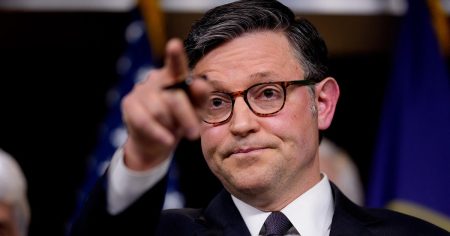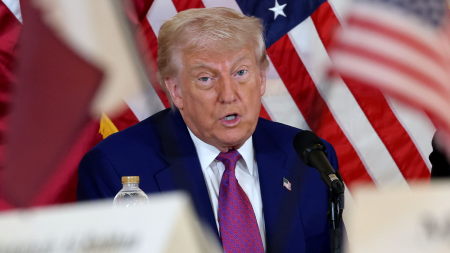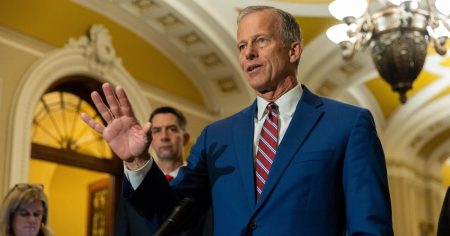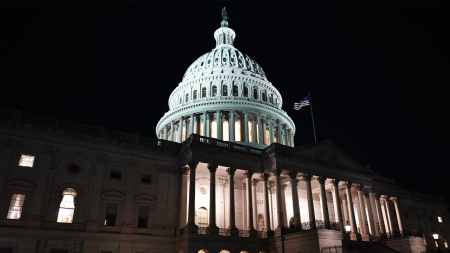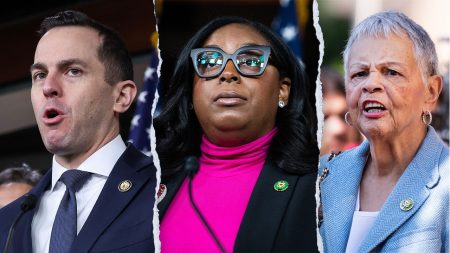The Federal Reserve is expected to cut interest rates for the second time this year on Thursday, following a quarter-point reduction in September. Despite the uncertainty surrounding the outcome of the presidential election, the Fed is on track to lower its benchmark rate to around 4.6%. Economists anticipate another quarter-point rate cut in December and possibly more next year. The central bank’s decision to reduce rates is driven by a desire to recalibrate to a lower-inflation environment rather than to stimulate a weakening economy or job market, which are currently showing signs of strength.
The economy is experiencing strong growth, with the unemployment rate reported at a low of 4.1% despite recent challenges such as hurricanes and a strike at Boeing impacting job growth. The Fed raised rates 11 times when inflation spiked to 9.1% in June 2022, but with inflation falling to 2.4% in September, the central bank has deemed high borrowing rates unnecessary. Fed Chair Jerome Powell and other officials have signaled support for further rate cuts, gradually reducing the target for the Fed’s key rate which is currently considered to be at a restrictive level.
As the Fed continues to lower interest rates, there is a debate among economists about how low the benchmark rate should go and whether the current rate is already close to a neutral level that neither restricts nor stimulates economic growth. While most officials believe the current rate of 4.9% is far above neutral, some argue that with a healthy economy even under high borrowing rates, the Fed may not need to ease credit further. The Fed will likely have to assess the neutral rate based on how the economy responds to rate cuts and determine the appropriate level for sustained growth.
President Trump’s proposed tariffs on imports and other economic policies pose a potential risk of reigniting inflation, which could compel the Fed to slow or stop its rate cuts in response. Trump’s broader tariff proposals have raised concerns among mainstream economists, who predict that these tariffs could significantly impact inflation rates. If Trump were to win the election, the Fed may adjust its forecasts and potentially scale back rate reductions in response to the threat of increased inflation. Powell is expected to address questions about the presidential race and its potential impact on the economy and inflation during the upcoming Fed meeting, reaffirming the central bank’s independence from political influences.









